Electricity negative growth
In the first 6 months of 2024, the total electricity production and import output of the entire system grew strongly, increasing by about 12.4% over the same period last year with an output of about 151.69 billion kWh. However, there were also strong changes in structure, including hydropower (28.62 billion kWh, accounting for 18.9%), coal-fired thermal power (86.4 billion kWh, accounting for 57%), gas turbines (13.08 billion kWh, accounting for 8.6%), renewable energy (20.67 billion kWh, accounting for 13.6%), and other sources (2.92 billion kWh, accounting for 1.9%).
In the above structure, it can be seen that the growth in the first 6 months of the year was mainly due to coal-fired electricity, with an increase of about 7% compared to the same period last year. Meanwhile, gas-fired electricity decreased sharply in both proportion and absolute number. If in the first 6 months of 2023, gas-fired electricity contributed about 15.43 billion kWh, accounting for about 11.5%, then in the first half of this year, it decreased by more than 2 billion kWh to 13.08 billion kWh with a proportion of only about 8.6%. Thus, gas-fired electricity had negative growth and decreased the most compared to other electricity sources.
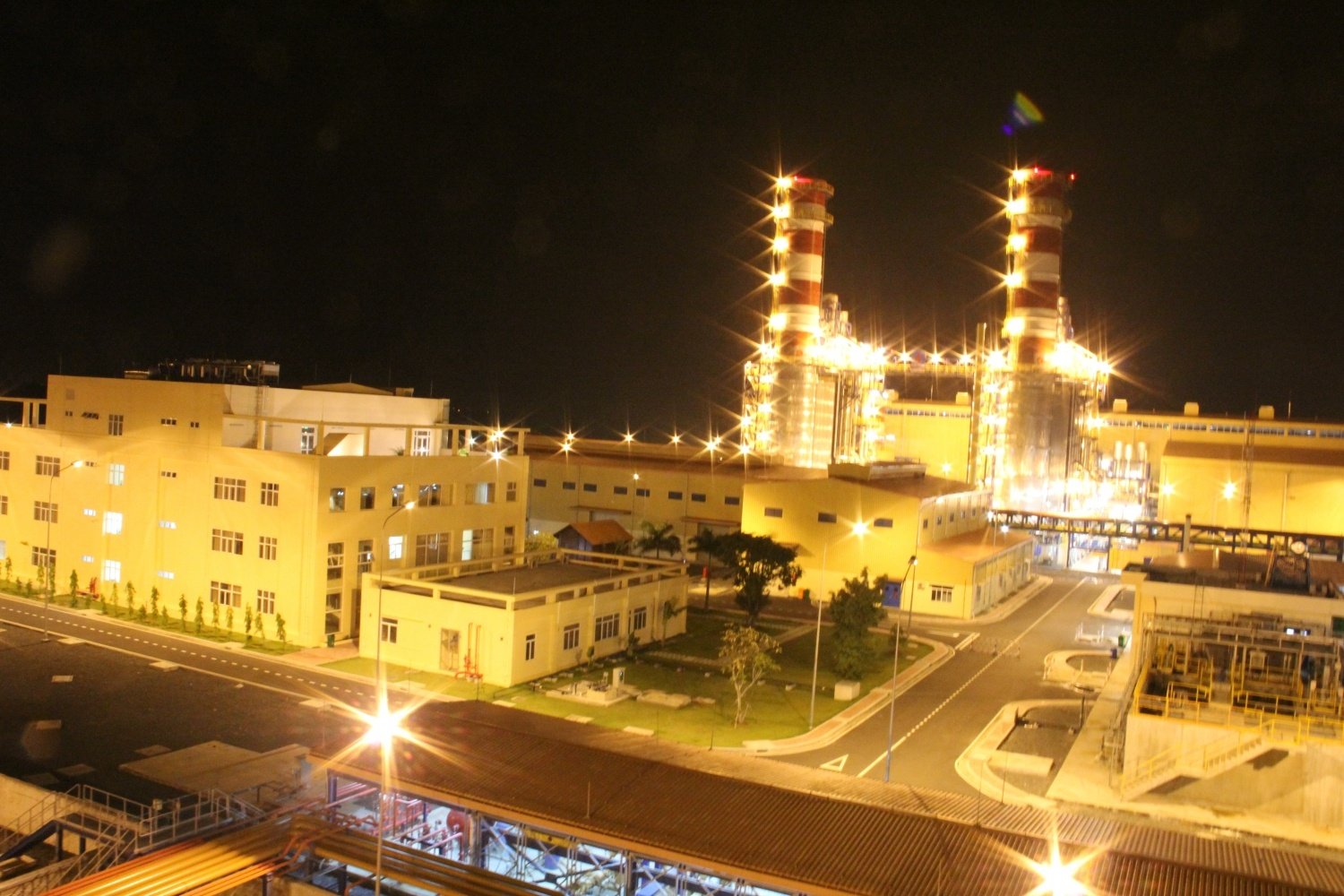
This has led to a sharp decrease in gas consumption in the first 6 months of this year, reaching only about 3.6 billion m3, including domestic gas and additional imported LNG, down about 7% over the same period. This situation has not only happened recently, but in fact, gas mobilization/consumption has continuously decreased at an increasingly high rate, from the peak of gas consumption in 2019 reaching nearly 10 billion m3, in recent years it has decreased to about 7-8 billion m3 and in 2024 it is expected to decrease to below 7 billion m3.
Experts predict that in the last months of the year, electricity mobilization will continue to decline, because in the rainy season, hydropower is often the source that is prioritized for mobilization.
Pham Van Phong, General Director of PetroVietnam Gas Corporation (PV GAS), said that since June, the gas mobilization output for electricity has been very low and has been continuously decreasing. In August, there were times when the gas consumption output of power plants was only about 23% compared to the peak period and only about 36% compared to the gas supply capacity of PV GAS. The low and unstable gas mobilization for electricity will affect the exploitation as well as the business efficiency of enterprises in the gas and electricity chain.
Need foresight
The continuous decline in electricity output and proportion in the national electricity structure is contrary to the strategic orientations set out. In the national energy strategy goals, the electricity industry is identified as playing an extremely important role in the context of hydropower having almost run out of room for development, and coal power will not be developed after 2030. With a large capacity range, high stability, and not affected by weather factors, electricity is considered a power source that will play the role of "support" to ensure stability and safety for the power system. In particular, regulating renewable energy sources with unstable characteristics, developing with an increasingly high proportion in the electricity structure. The development of electricity also contributes to the implementation of the Government 's commitment at COP26 to achieve Net Zero by 2050.
Resolution 55/NQ-BCT of the Politburo on the orientation of Vietnam's National Energy Development Strategy to 2030, with a vision to 2045, emphasizes the need to develop the gas industry, prioritizing investment in technical infrastructure to serve the import and consumption of liquefied natural gas (LNG). The goal is to have sufficient capacity to import about 8 billion m3 of LNG by 2030 and 15 billion m3 by 2045.
According to the National Power Development Plan for the 2021-2030 period with a vision to 2050 (Power Plan VIII) approved by the Government in May 2023, the proportion of gas-fired electricity in general and LNG electricity in particular will account for the highest proportion in the national power source structure. Specifically, by 2030, gas-fired electricity and LNG will reach 37,330 MW, equivalent to 24.8% of the total power source capacity, of which gas-fired thermal power will be 14,930 MW, accounting for 9.9% and LNG thermal power will be nearly 22,500 MW, accounting for 14.9%.

However, it can be seen that the current low and unstable electricity mobilization situation is an important factor that greatly affects attracting investment in electricity projects to meet the set strategic goals.
Regarding the implementation of gas-fired power projects in the 8th Power Plan, the leader of the Electricity and Renewable Energy Department ( Ministry of Industry and Trade ) said that according to the Plan, the total capacity of domestic gas-fired power plants is 7,900 MW (10 projects) and the total capacity of LNG-fired power plants is 22,524 MW (13 projects). Up to now, only one plant has been put into operation, which is O Mon I Thermal Power Plant (660 MW). The two projects under construction are Nhon Trach 3 and Nhon Trach 4 Power Plants (total capacity of 1,624 MW). According to investors, these projects all have problems in the negotiation process and have not been able to sign power purchase agreements (PPA). The lack of a mechanism for long-term electricity output guarantees or long-term annual electricity output commitments makes it difficult for LNG power plant projects to ensure capital recovery and project efficiency, so investors face many difficulties in arranging capital to implement the project.
Mr. Ngo Thuong San, former General Director of Vietnam Oil and Gas Corporation, now Vietnam Oil and Gas Group , Honorary Chairman of Vietnam Oil and Gas Association, commented, “Developing gas exploitation projects related to onshore consumers. If you want to attract investment in exploitation but the electricity price is unstable and there is no output, no one will dare to invest. Therefore, we need to think long-term and not just “make a quick buck”, because the gas industry is very important as the national strategic goals have shown. When there is a policy to facilitate the development of gas and electricity, it will promote other industries, such as exploration and exploitation, to bring revenue to the country, compensate for the difference in electricity prices and achieve national energy goals.”
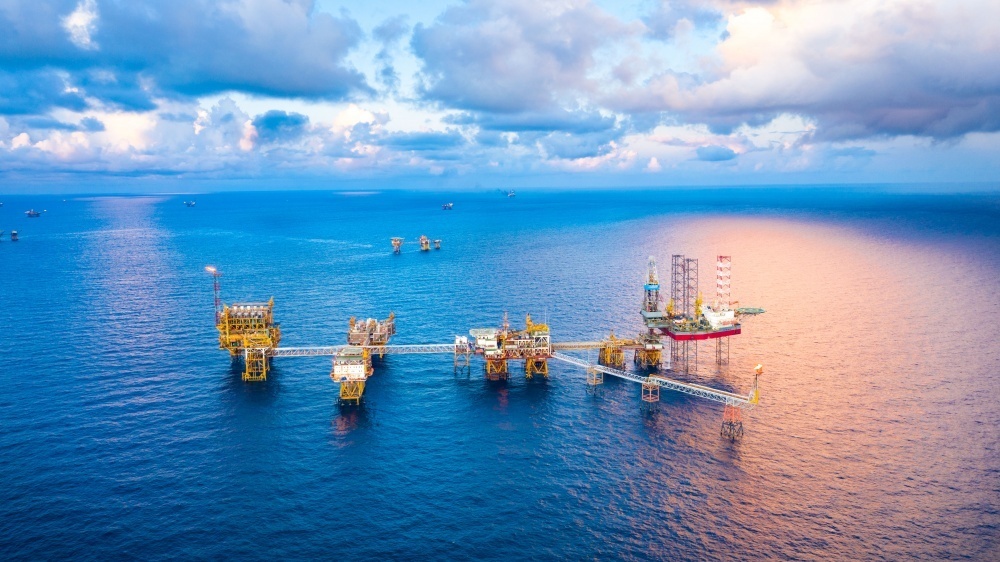
It can be seen that to develop electricity and meet the set strategic goals, it is necessary to have mechanisms and policies to promptly remove obstacles and difficulties for electricity, especially price and consumption mechanisms. And not only looking at the immediate benefits of electricity prices, but also having a broader and longer-term vision of the goal of national energy security, rational use of gas resources, meeting the requirements of green energy conversion of the country to serve socio-economic development.
Mai Phuong




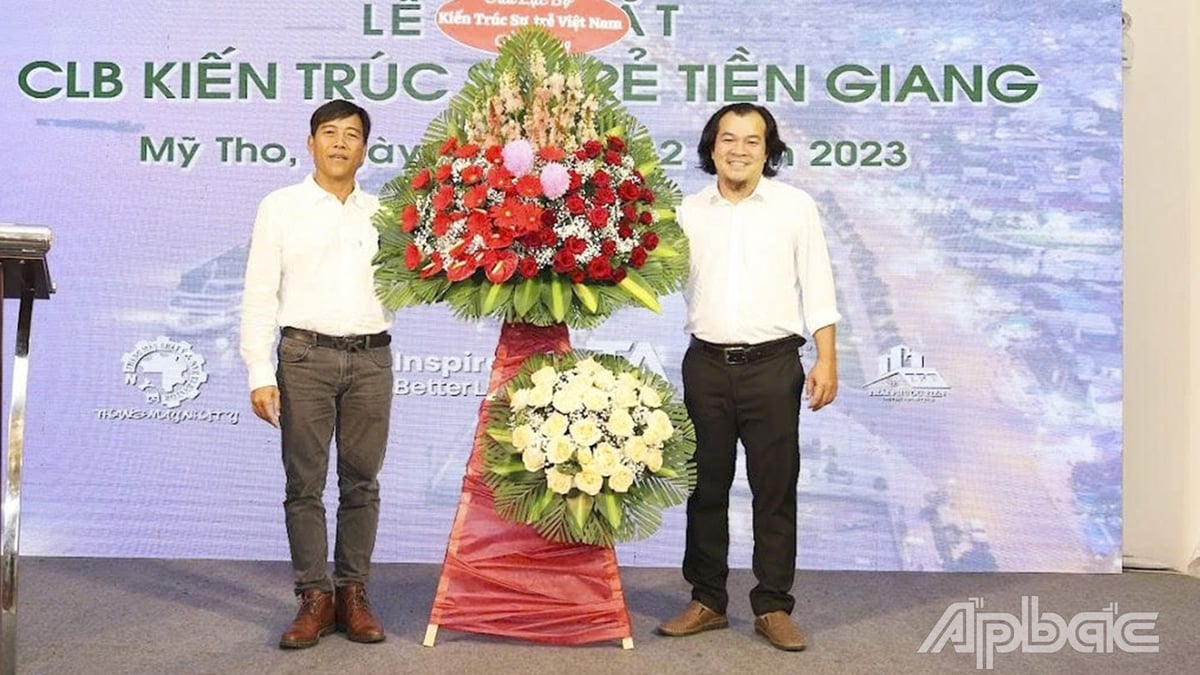
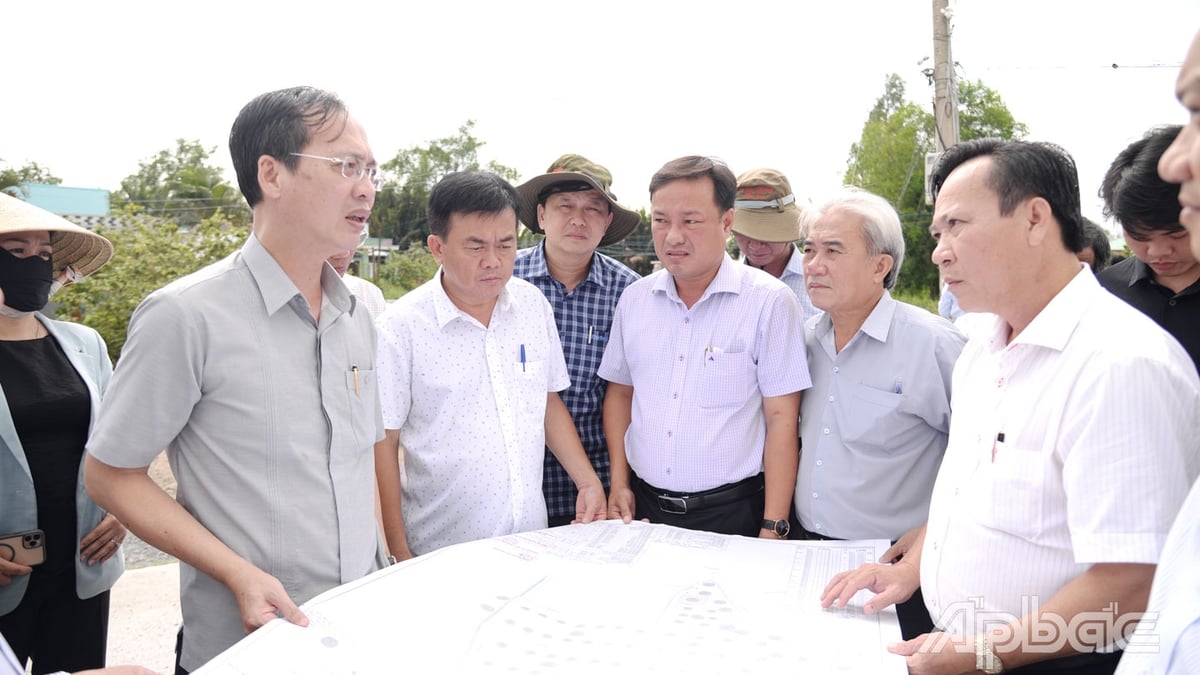
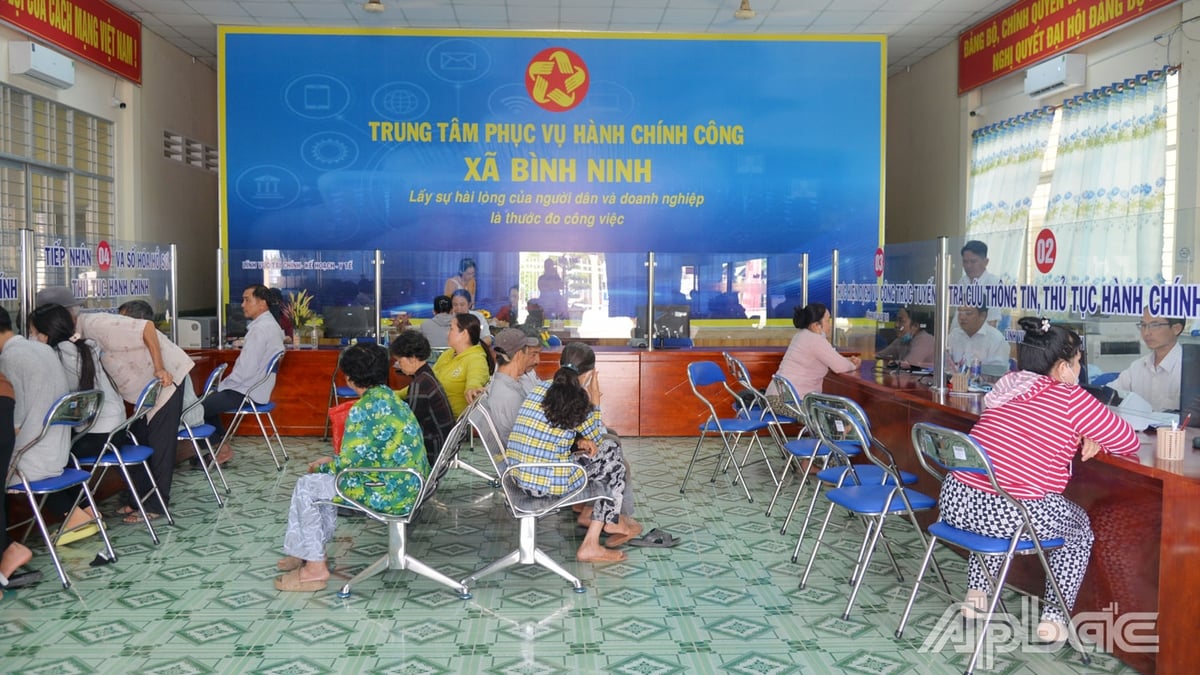

























































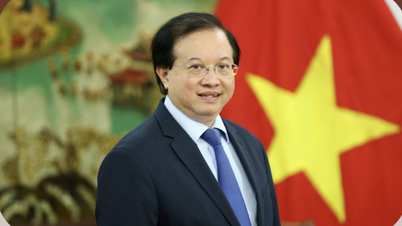










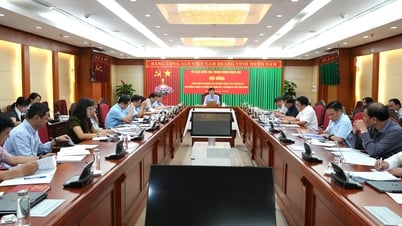
























Comment (0)